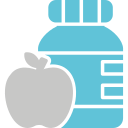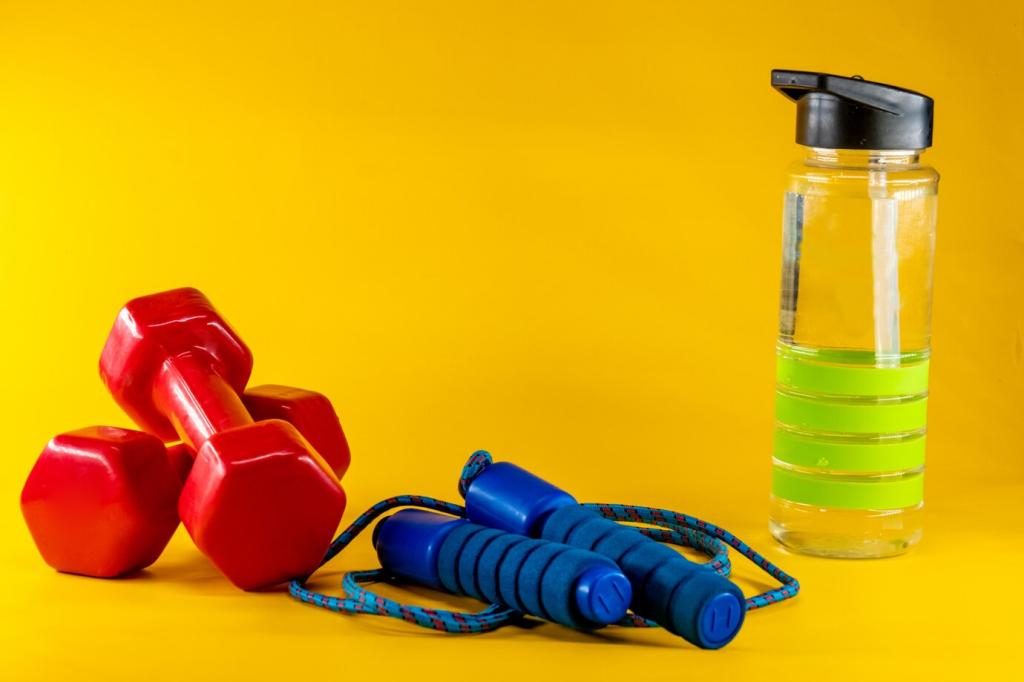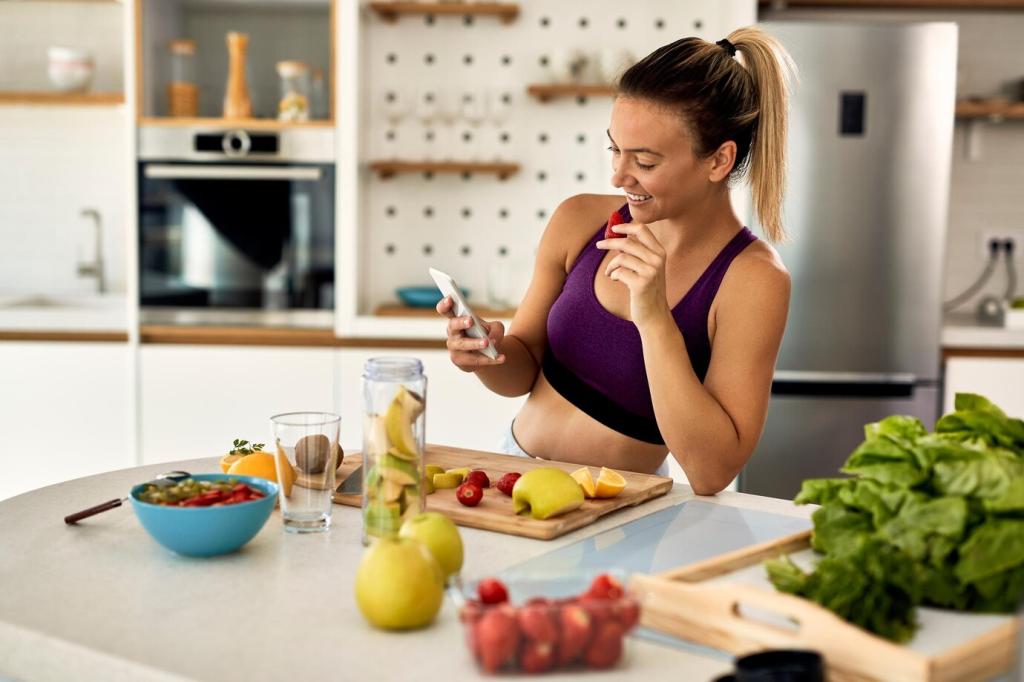Protein Basics That Power Performance
Most athletes thrive between 1.6 and 2.2 grams of protein per kilogram of bodyweight daily. Distribute intake evenly across meals to sustain muscle protein synthesis and keep hunger steady, especially during heavy training blocks or competition taper weeks.
Protein Basics That Power Performance
Aim for 20 to 40 grams of protein within two hours after training, paired with carbohydrates to restore glycogen. Prepping ready-to-eat meals removes guesswork, so you never miss the window after long rides, tough lifts, or speed sessions.





